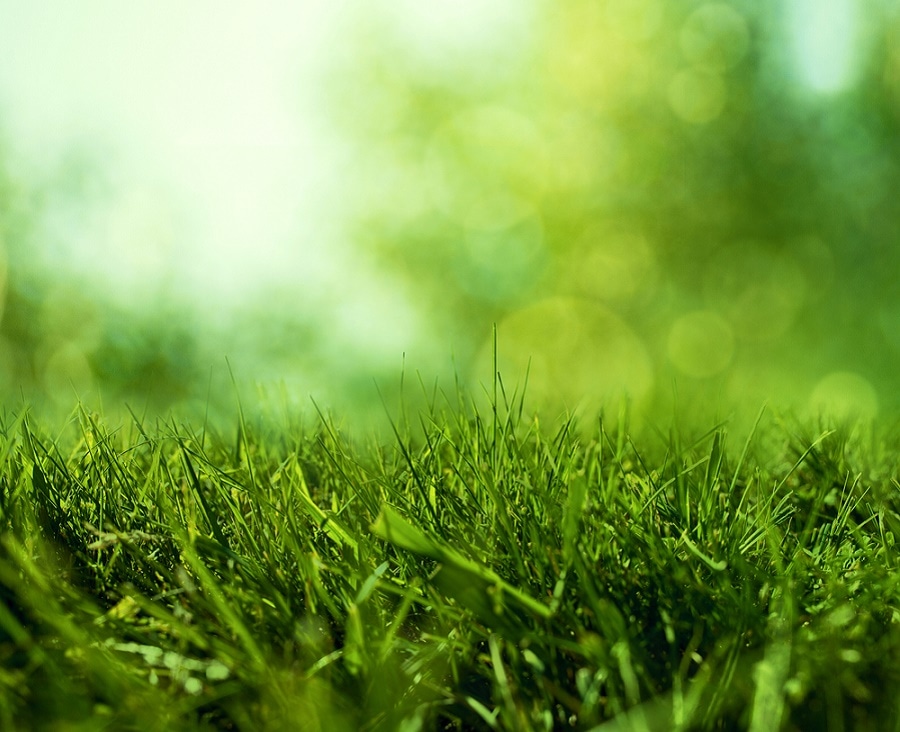Jul 22 2016
Scientists claim that garden grass could become an inexpensive and clean source for renewable resources. Researchers from UK, including specialists from Cardiff University’s Cardiff Catalysis Institute, have shown that huge amounts of hydrogen can be released from fescue grass using an inexpensive catalyst and sunlight.
 Image Credit: Ase | Shutterstock.com
Image Credit: Ase | Shutterstock.com
This method has the potential to provide a sustainable way of producing hydrogen and this is the first time the method has been demonstrated. It has great potential in the renewable energy industry because it does not release toxic or greenhouse gases when burnt, and also due to its high energy content.
This really is a green source of energy. Hydrogen is seen as an important future energy carrier as the world moves from fossil fuels to renewable feedstocks, and our research has shown that even garden grass could be a good way of getting hold of it.
Professor Michael Bowker, Cardiff Catalysis Institute
The Royal Society journal Proceedings A has published a study conducted by a team that includes researchers from Queen’s University Belfast.
Water, hydrocarbons, and other organic matter available around the world contain large amounts of hydrogen. Researchers have been trying to develop methods to release hydrogen from these sources in an efficient, cost effective and a sustainable way. Hydrogen is abundantly available in organic compound cellulose that is a key component in plants and the most inexhaustible biopolymer on Earth.
The study conducted by the team concentrated on discovering methods to convert cellulose into hydrogen using sunlight, and a simple catalyst, which is a substance that helps to speed up a chemical reaction without easily exhausting. This procedure is known photocatalysis or photoreforming, which begins with sunlight simulating the catalyst and which further converts cellulose and water into hydrogen.
The researchers analyzed the effectiveness of three metal-based catalysts such as Gold, Nickel, and Palladium.
Researchers found nickel to be the most suitable because, from a practical approach, it was a more earth-abundant metal compared to the precious metals and at the same time more economical.
During the first round of experiments the researchers mixed the three catalysts with cellulose in a round bottom flask and exposed the mixture to light from a desk lamp. Every 30 minutes the team collected gas samples from the mixture and examined it to find out the amount of hydrogen that was produced.
To analyze practical applications of this reaction, the researchers performed the experiment again using fescue grass obtained from a domestic garden.
Up until recently, the production of hydrogen from cellulose by means of photocatalysis has not been extensively studied. Our results show that significant amounts of hydrogen can be produced using this method with the help of a bit of sunlight and a cheap catalyst. Furthermore, we’ve demonstrated the effectiveness of the process using real grass taken from a garden. To the best of our knowledge, this is the first time that this kind of raw biomass has been used to produce hydrogen in this way. This is significant as it avoids the need to separate and purify cellulose from a sample, which can be both arduous and costly.
Professor Michael Bowker, Cardiff Catalysis Institute